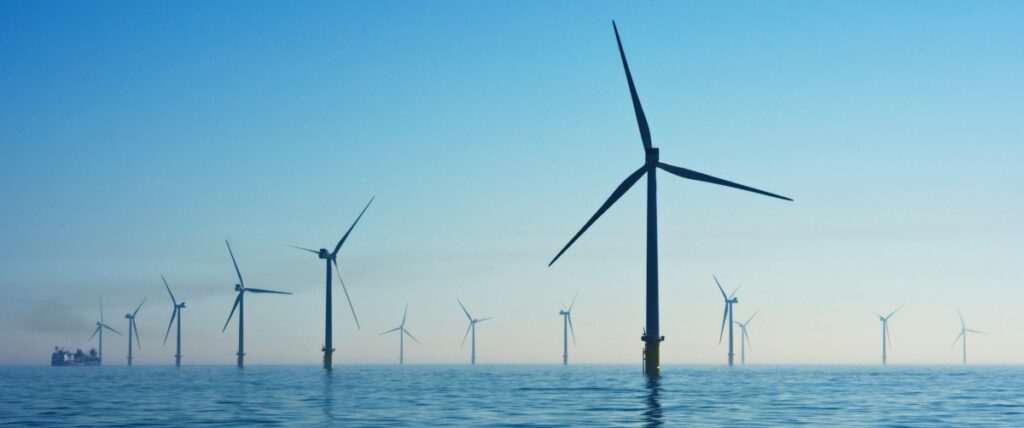
BLUE ECONOMY SERVICES
Site typology, location & description
The North Sea, a continental shelf sea in north-western Europe, connects to the Atlantic Ocean, Baltic Sea, and Norwegian Sea. The coast features deep fjords in the north and sandy beaches, mud flats, and estuaries in the south. The North Sea is vital for various uses like fisheries, shipping, oil and gas exploitation, tourism, and aquaculture, while also hosting nature reserves and other marine and coastal protected areas. This diversity and intensity of exploitation of the coastal zone substantially increases the stress on marine ecosystems, leads to spatial conflicts, and hinders the expansion of many of these uses.
Site challenges
Sustainable development of the blue economy requires area-efficient use of marine space and innovative solutions demonstrating net emission capture thereby contributing to mitigating eutrophication and climate change. One potential solution is the offshore integration and relocation of human activities where more generous expansion opportunities exist because of reduced conflicts with other interests e.g., exploitation or recreational. Concentrating uses in designated offshore marine areas could provide infrastructural, economic, and environmental benefits through a multi-use approach, while allowing other areas to remain less impacted or be designated as strictly protected areas. Co-locating offshore wind farms with low-trophic aquaculture seems an efficient multi-use strategy providing emission-free energy, nutritious seafood, and restorative ecosystem services through capture and utilization of emission (carbon dioxide (CO2) and nutrients).
Past work and existing data
In the North Sea, the number of marine wind farms producing renewable energy is steadily increasing and considered a sustainable alternative to the use of fossil energy. Recently, the North Sea was announced as being the “new energy hub” for northern Europe with huge expansion plans of offshore wind farms for all the countries. Several EU funded projects are investigating if the allocated areas to offshore wind can be better utilized in a multi-use approach with e.g., low trophic aquaculture. They are developing new offshore farming and monitoring technologies, making sustainability analysis, and testing the harvest potential of seaweed, oysters, and mussels in selected pilots.